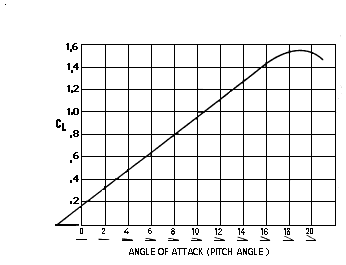MW Sails design process.
Just to say that sail with thick profile is something absolutely new is simply not true. In the past sailmakers of some leading brands and independent sail developers invested considerable time and effort to implement this idea. Like many inventors they were just ahead of its time, but they knew that wing sail is a necessary next step in windsurfing evolution. We see it and feel it every single time when designing new product, or making changes or updates to existing one. Our design platform is based on comparison in efficiency of different aerodynamic profiles. Unlike traditional method of creating sail - putting an idea strait to sewing machine, our design process starts from assigning properties and parameters to the feature product. It seems like an easy part, but it’s not. Creating user friendly product is a holy grail of all industries. For us is to take in account what majority of sailors want and identify our customer is the most important aspect. Everyone wants to go fast, but very few want to do it using true race gear. For our customer, comfort and speed should go hand by hand.
After assigning parameters to the wing, we use 2D CAD to produce first drawings.

Computers are real help, it would be probably impossible to accomplish wing drawings using just pencil and paper. All initial decisions, length of the mast, width of the tip, aspect ratio, theoretical center of lift and all cross sections, twist are done using common 2D CAD. After all preliminary drawings are satisfactory, we make more complex 3D computer models for simulation.

Simulation is very long and elaborate process, but it gives very good idea of profile performance under different conditions.

Then again 2D drawings of patterns layered with different color\part representations. Each sail has approximately 200 parts drawn and cut with laser. What makes our product very different from others? Absolutely smooth, stitch free, frictionless surface. We spent almost a year to develop our own weld/laminating technique. Welding is really important for surface drag reduction.
After all computer work is done and parts are cut, they go to an assembly. For any given successful product there is about 2 to 5 R&D models that needs to be built, tested on water, corrected in shop and tested again until satisfactory.
So far with all complexity in development and technology we have only tree models with very distinctive and different properties. Two of these models are already posted on our web, with third coming soon.

Wingsails are the next logical step in windsurfing evolution. We are really proud to be pioneers of this not easy, but very exiting process.



















